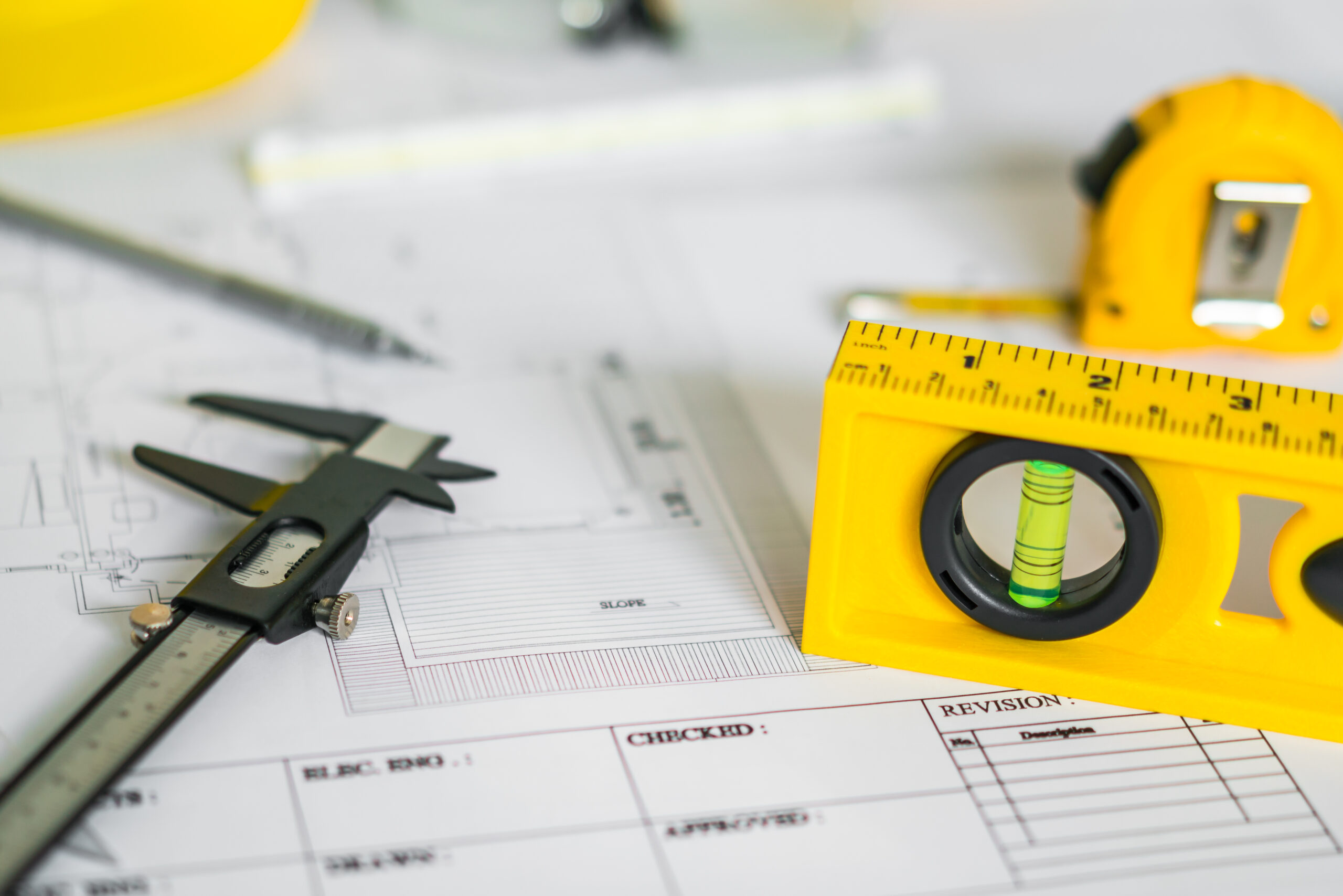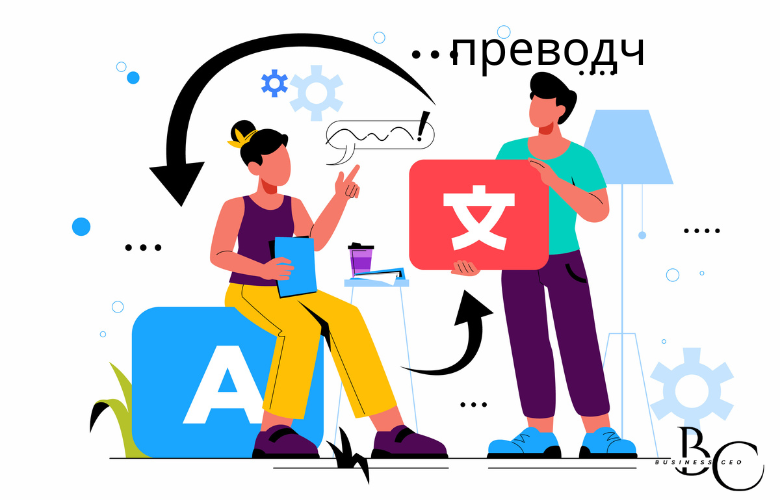Kalibraatio process of comparing a measuring device to a known standard—that is, calibration or calibrating in English. It guarantees the tool produces consistent and dependable results.
In sectors like manufacturing, healthcare, aviation, and scientific research where exact measurements are vital, this method is absolutely necessary.
Why should calibration be important?
Quality assurance depends on correct measurements. Improper calibration of tools or instruments can yield false data, which results in poor goods or dangerous conditions.
Kalibraatio guarantees that a device satisfies certain requirements and provides reliable readings over time.
Uses of Kalibraatio in the Real World
These are some areas where Kalibraatio is frequently applied:
Healthcare: Calibrating medical equipment like blood pressure monitors or lab gear guarantees patient safety.
Manufacturing: Maintaining quality requires accurate measurement of dimensions or force in machines.
Regular calibration of aircraft sensors guarantees flight safety.
Advantages of Daily Kalibraatio
Maintaining a consistent calibration schedule offers many advantages:
- More precise measurements
- Meeting industry norms
- Improved product quality
- Prevention of high price errors
- Increased equipment life
In controlled industries, ignoring usually leads to erroneous data, safety problems, and even legal difficulties.
Challenges with the Kalibraatio Process
Although it is significant, Kalibraatio can be tough:
- Time-consuming: It could take hours or days to properly calibrate several instruments.
- Needs qualified people: Incorrect calibration might do more bad than benefit.
- Professional calibration services or in-house laboratories might be costly.
- Essential for audits or inspections is maintaining thorough documentation load.
With good preparation and tools, nevertheless, these difficulties can be handled.
Types of Kalibraation Approaches
Several strategies are employed in the Kalibraatio process. The device and demanded accuracy will determine the choice.
- Using a known reference and hand tuning the equipment
- Done with software and testing tools that simplify the procedure, automated calibration
- One-point calibration is the comparison of one measurement to a given baseline.
- Higher precision comes from several measurement point verification: multi-point calibration.
Every approach has a different goal; experts select depending on industry needs.
Step-by-Step Instructions for Performing Kalibraatio
Define the instrument.
Select the instrument needing calibration, such as pressure gauge or thermometer.
Contrast to a Standard
Utilize a validated and certified instrument or measurement already.
Change as appropriate.
Make the required changes should the instrument give wrong readings.
Record the outcome.
Keep beginning and corrected values for later use.
Re-test after calibration to guarantee correctness.
This typical process can change depending on the degree of complexity of the equipment and the necessary precision.
Standards and Laws on Calibration
Worldwide and national bodies establish rules for Kalibraatio, including the following:
General standards for testing and calibration labs according to ISO/IEC 17025.
Sets reference standards for calibration in North America by NIST (U. S.).
Uniformity in European industries is achieved by adhering to EN and ISO standards.
Following these guidelines guarantees your calibration procedure is legitimate throughout sectors and nations.
Frequently asked questions (FAQs)
Q1: How frequently should Kalibraatio be performed?
A: It depends on the equipment, its use, and industry guidelines. Some instruments demand daily inspections, while others yearly.
Q2: May I calibrate my tools at home?
A: Basic tools like thermometers can sometimes be calibrated at home; however, certified laboratories ought to be in charge of professional instruments.
Q3: Should I bypass Kalibraatio, what then follows?
A: Missing calibration could cause faulty data, compliance problems, and product failures.
Q4: Is Kalibraatio identical with correction?
A: No. Kalibraatio is the process of comparing; adjustment fixes the deviation.
Q5: Which people have the qualifications to conduct Kalibraatio?
A: Typically responsible are qualified calibration service providers or trained technicians.
Kalibraatio versus Verificaton
Knowing the distinction between Kalibraatio and verification is crucial.
Confirms the instrument’s precision and makes any required adjustment.
Verification simply confirms that the device satisfies given limitations without modification.
While Kalibraatio is a more complex process including revisions and paperwork, checks for quality sometimes use verification.
Keeping a Kalibraatio Record
Audits and maintenance demand log maintenance. It should include:
Date of calibration
Name of technician
Reference or certificate standard applied
Upcoming calibration time
Digital record-keeping systems help to eliminate human error by automatically creating reports and reminders.
Future calibration: Trends to Keep an Eye On
Technology is changing Kalibraatio:
Predictive maintenance and smart calibration systems are made possible by artificial intelligence and the internet of things.
Record management and worldwide access are aided by cloud-based calibration tools.
Portable calibration kits accelerate and simplify fieldwork.
These patterns improve precision and help the Kalibraatio process become more effective, therefore lowering downtime.
Conclusion
For every field measurements count, Kalibraatio is a fundamental aspect of quality and safety—it transcends only technical requirements. Regular calibration builds confidence in the data your equipment create whether you work in medicine, aviation, or manufacturing.
Understanding how Kalibraatio works, why it matters, and how to regulate it enables people and companies to make more wise, safer choices.



